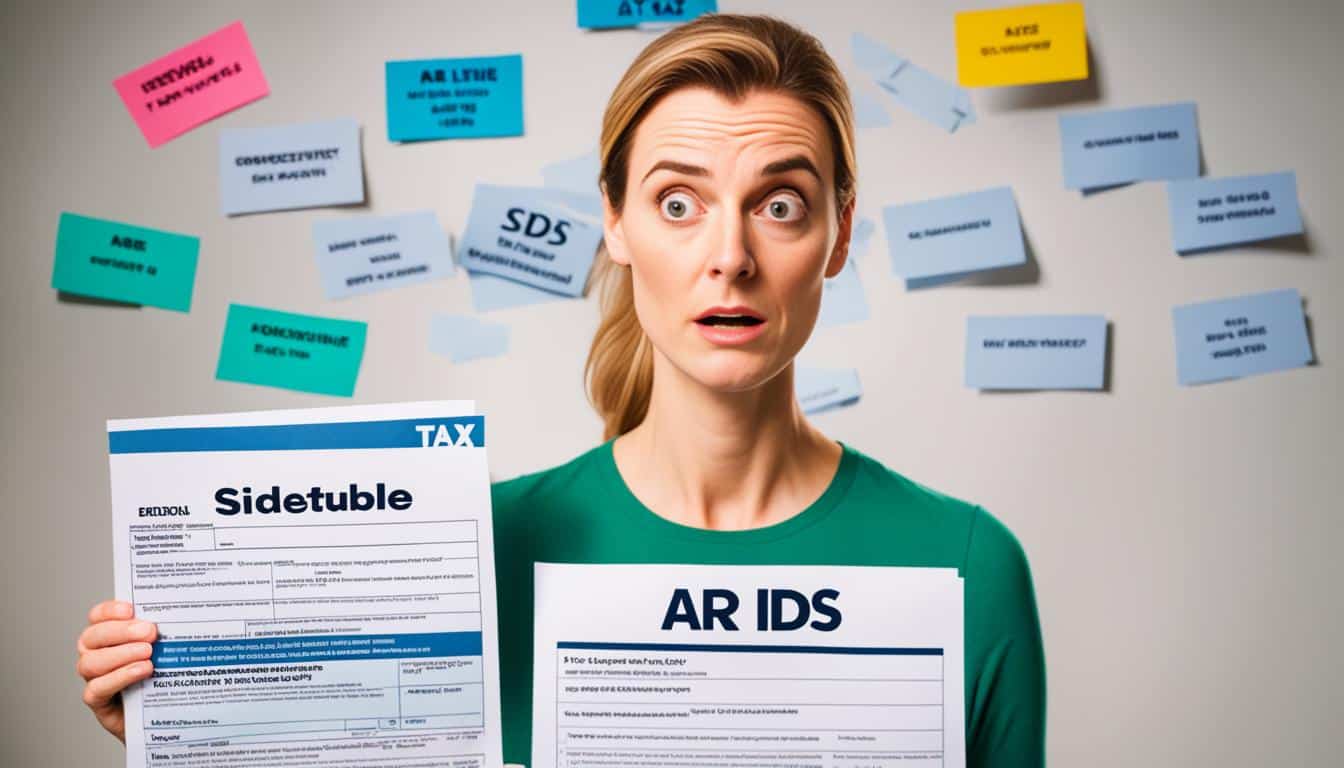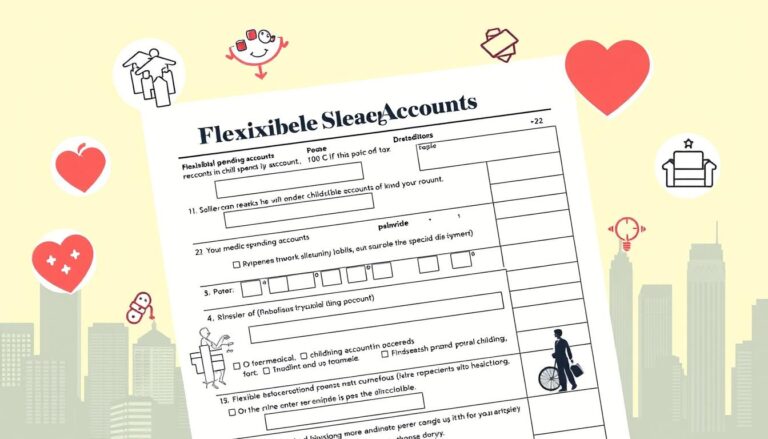Let’s face it, taxes can be confusing. Just when you think you’ve got a handle on the deductions and credits, new terms and acronyms come into play. Take SIDs and LIDs, for example. What are they, and are they tax deductible? It’s time to demystify this topic and get the answers you need.
Imagine this: You’re a homeowner, eagerly looking forward to the upcoming tax season. As you gather your documents and receipts, you come across a bill for a Special Improvement District (SID) and a Limited Improvement District (LID). Curiosity piqued, you wonder if these fees can be claimed as tax deductions.
You start researching and discover that SIDs and LIDs are charges imposed on property owners for specific infrastructure improvements in their community. These improvements can range from road construction and landscaping to lighting upgrades. While they contribute to the overall value of the property and enhance the neighborhood, the question remains: can you deduct these fees on your taxes?
Now, you may be hoping for a straightforward yes or no answer, but this topic is a bit more nuanced. Let’s dive into the details and explore the deductibility of SIDs and LIDs to help you navigate the tax landscape with confidence.
Key Takeaways:
- SIDs (Special Improvement Districts) and LIDs (Limited Improvement Districts) are not considered tax deductible property taxes by the IRS.
- Deductible real estate taxes are typically state, local, or foreign taxes on real property that are charged uniformly and based on assessed value.
- While SIDs and LIDs fees may not be tax deductible, they contribute to community improvements and increase property value.
- It’s important to understand how SIDs and LIDs fees are calculated and paid to avoid any financial surprises or penalties.
- Consulting with a real estate agent or attorney can provide valuable guidance for navigating SIDs and LIDs fees as a property owner.
Understanding SIDs and LIDs Fees in Las Vegas
When it comes to property ownership in Las Vegas, you may encounter additional fees known as SIDs (Special Improvement Districts) and LIDs (Limited Improvement Districts). These fees are imposed on property owners to fund specific infrastructure improvements in their area, ranging from road construction to landscaping and lighting upgrades.
Unlike property taxes, SIDs and LIDs fees are separate and not included in your mortgage payments. While these fees are not tax deductible in terms of property taxes, they can still provide benefits to the community as a whole and enhance the value of your property.
For instance, the installation of new roads and improved landscaping can improve accessibility and aesthetically enhance the neighborhood, making it more desirable for potential buyers. Additionally, infrastructure upgrades can contribute to a higher resale value for your property in the long run.
Table: Comparison of SIDs and LIDs Fees
| Property Size | Location | Type of Improvements | Estimated Cost |
|---|---|---|---|
| Small | Neighborhood A | Landscaping, lighting | $5,000 |
| Medium | Neighborhood B | Road construction | $10,000 |
| Large | Neighborhood C | Public park, sidewalk improvements | $20,000 |
As you can see from the table above, the fees are determined based on factors such as property size, location, the type of improvements being made, and the estimated cost of the project.
While these fees may not offer immediate tax benefits, it’s important to consider the long-term advantages they bring to the community and the potential impact on your property’s value. Understanding the intricacies of SIDs and LIDs can help you make informed decisions as a property owner in Las Vegas.
Calculating SIDs and LIDs Fees
Now that you understand what SIDs and LIDs fees are and their importance in improving the community, let’s delve into how these fees are calculated. It’s crucial to grasp the factors that influence the amount you’ll be paying, especially if you’re a property owner.
The calculation of SIDs and LIDs fees takes several factors into account. These include:
- Property size: The size of your property plays a role in determining the fee. Larger properties may have higher fees due to increased infrastructure requirements.
- Location: The location of your property within the district can also impact the fee. Properties closer to the designated improvements may bear a higher fee as they are likely to benefit more from the enhancements.
- Type of improvements: The specific improvements planned for the district, such as road construction or landscaping upgrades, can influence the fee amount. Some projects may be more costly than others, affecting the overall fee structure.
- Estimated cost: The estimated cost of the improvement project is another crucial factor. Higher project costs can result in higher fees for property owners.
Local government agencies, such as city councils or county commissions, usually handle the assessment and calculation of SIDs and LIDs fees. These agencies determine how much each property owner should contribute towards the infrastructure improvements.
While SIDs and LIDs fees themselves are not tax deductible, it’s important to note that certain assessments or taxes related to local benefits may be eligible for deduction. These deductions can include expenses for maintenance, repair, or interest charges related to the local improvements.
Now, let’s take a look at a table summarizing the factors involved in calculating SIDs and LIDs fees:
| Factors | Description |
|---|---|
| Property size | The size of your property affects the fee amount. |
| Location | The location of your property within the district influences the fee. |
| Type of improvements | The specific improvements planned impact the fee structure. |
| Estimated cost | The estimated cost of the improvement project affects the fee. |
By understanding how these factors contribute to the calculation of SIDs and LIDs fees, property owners can better manage their finances and plan for the associated costs.

Common Misconceptions about SIDs and LIDs Fees
While SIDs (Special Improvement Districts) and LIDs (Limited Improvement Districts) can be complex to understand, there are some common misconceptions that we need to dispel. Let’s address them:
SIDs and LIDs Fees Apply to Existing Properties
Many believe that SIDs and LIDs fees only apply to new construction or development projects, but that’s not entirely accurate. These fees can also be assessed on existing properties within a district. So, if you own a property in an area with SIDs and LIDs, you may be subject to these fees as well.
SIDs and LIDs Fees are Not a One-Time Assessment
Another misconception is that the fees are only assessed once. In reality, SIDs and LIDs fees can be assessed annually or on a recurring basis. This means that you may have to pay these fees regularly, depending on the specific regulations in your area. It’s important to understand the payment schedule for your property to avoid any surprises or financial strain.
Remember, failure to pay SIDs and LIDs fees on time can have serious consequences. Late penalties can be significant, and in extreme cases, non-payment can even lead to foreclosure proceedings.
If you still have doubts or questions about SIDs and LIDs fees, consult with a real estate agent or an attorney who can provide guidance tailored to your specific situation. Understanding the ins and outs of these fees will help you navigate the implications and make informed decisions about your property ownership.
| Common Misconceptions | Reality |
|---|---|
| SIDs and LIDs fees only apply to new construction or development projects. | SIDs and LIDs fees can also be assessed on existing properties. |
| SIDs and LIDs fees are a one-time assessment. | SIDs and LIDs fees can be assessed annually or on a recurring basis. |
Benefits and Considerations for Homebuyers
When considering purchasing a home, it’s essential to weigh the benefits and factors surrounding SIDs and LIDs fees. While these fees may not be tax-deductible, they can bring several advantages that contribute to the overall value of your property.
SIDs and LIDs fees often finance infrastructure improvements within the community, enhancing the quality of life for residents. These improvements can include the development of parks, creation of walking paths, implementation of better road systems, and landscaping enhancements. By investing in a property with SIDs and LIDs fees, you’re not only increasing the value of your home but also enjoying the benefits of these valuable improvements.
It’s important to note that some properties may have existing balances for these fees. To make a well-informed decision, consult with your realtor to understand any outstanding amounts or potential liabilities associated with the property. This will ensure that you have a comprehensive understanding of the financial obligations and can plan accordingly.
Purchasing a home with SIDs and LIDs fees can provide long-term benefits. These fees contribute to the development and upkeep of the community, making it an attractive option for prospective homebuyers. As the area continues to improve and grow, property values may increase over time, potentially offering a return on your investment. Ultimately, it’s crucial to consider the benefits and potential appreciation when deciding whether to invest in a property with SIDs and LIDs fees.

| Benefits | Considerations |
|---|---|
|
|
Navigating SIDs and LIDs as a Property Owner
As a property owner with SIDs and LIDs fees, it’s essential to understand the ins and outs of these charges and how they affect your finances. To start, be sure to regularly check the current balance on your property through the Assessment Management Group’s website. This will help you stay on top of your payments and avoid any late penalties or potential foreclosure proceedings.
When it comes to selling your property, it’s important to note that any remaining assessments on your SIDs and LIDs fees will be transferred to the new owner at the time of the sale. This means that it’s crucial to factor in these fees when determining the asking price and negotiating with potential buyers.
To navigate through these fees, consider working with a knowledgeable real estate agent or attorney who can guide you through the process. They can provide valuable advice on deducting SIDs and LIDs on your taxes and help you understand the potential tax benefits associated with these fees. With their expertise, you can make informed decisions that align with your financial goals and maximize your savings.
Remember, staying informed and proactive is key to navigating SIDs and LIDs as a property owner. By understanding the current balance, making timely payments, and seeking professional guidance, you can successfully manage these fees and make the most of the tax benefits they may offer.








